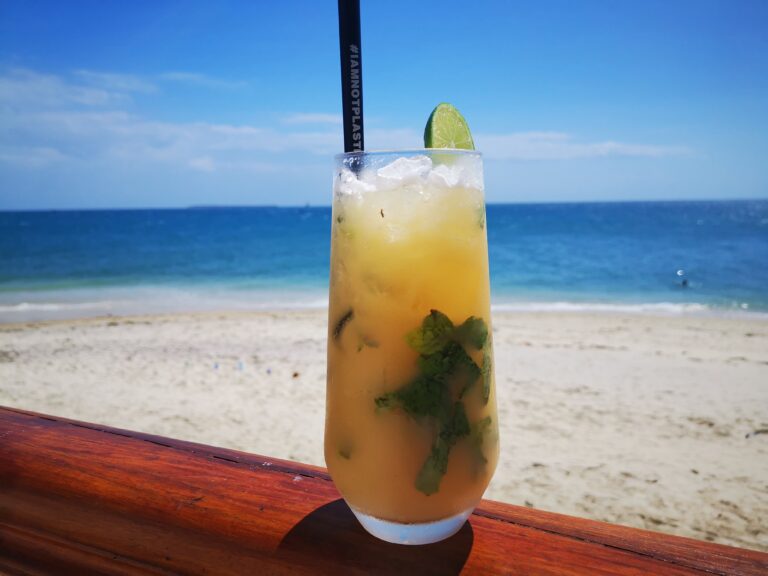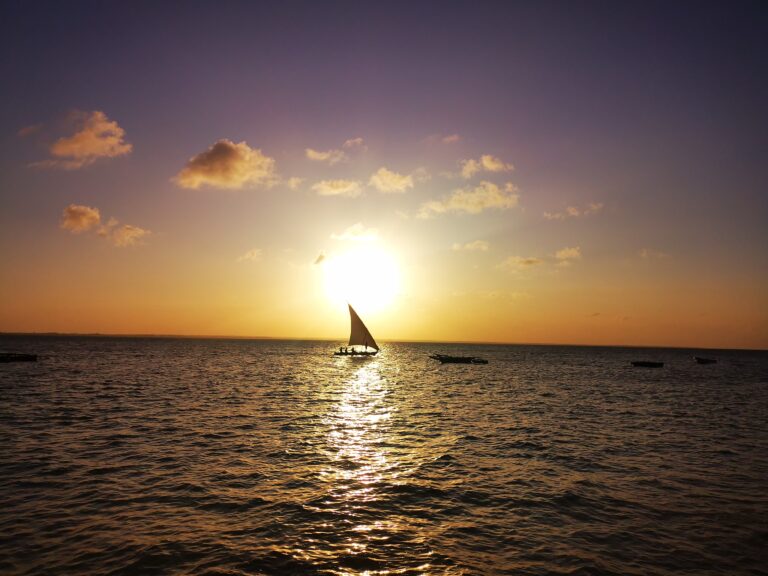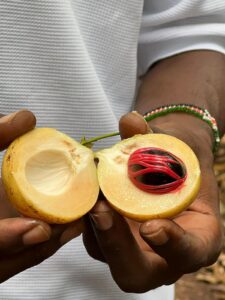Zanzibar, Mafia and Pemba - what's the difference?
If you’re longing for another holiday, how about a beach holiday?
Tanzania’s islands of Zanzibar, Mafia and Pemba are perfect destinations for a beach holiday. Each has its own specialities.
Here’s our guide to help you find the right island for your safari addition.
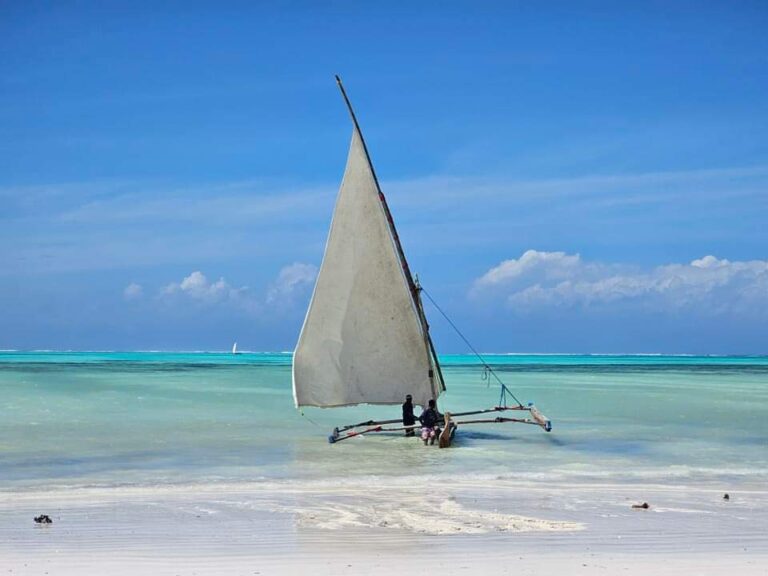
Zanzibar
It would be almost impertinent not to combine a trip to Tanzania with a visit to the Zanzibar archipelago.
Located just 50 kilometres off the coast of Tanzania, the Zanzibar archipelago is the perfect place to relax and enjoy yourself.
Time stands still here for a moment. Zanzibar lives up to all the clichés of a holiday paradise, but also offers a surprising amount of variety. So if you don’t just want to put your feet up, but also want to experience something, you are invited to go island hopping between Unguja, Pemba and Mafia.
Unguja Island
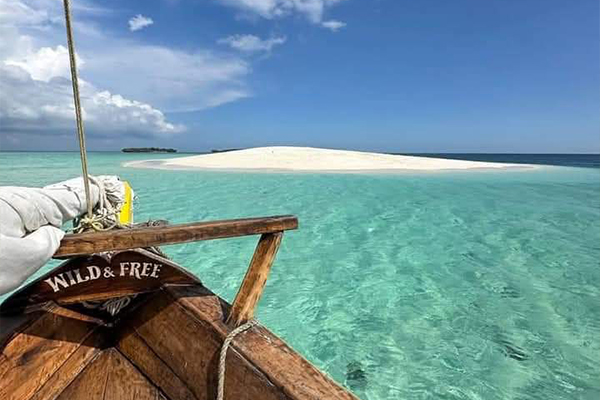
A journey through time with all the senses
Unguja is the largest and most culturally rich island in the Zanzibar archipelago.
Covering an area of around 1666 square kilometres, it is home to a colourful mixture of aromatic spices, winding alleyways and exciting stories. The centre of the island is the capital Zanzibar, located in the west, with a population of around 770.000. Unguja is the only one of the islands that can be flown to directly from Europe. In the south, dense mangrove forests and colourful coral reefs provide important habitats for a variety of animals and plants. The north and east of the island are known for their beautiful beaches and lively coastal towns.
UNESCO World Heritage Site Stone Town – A walk through the past
‘If you discover an interesting shop, go inside immediately, because chances are you’ll never find the same place again..’ – Jerry Jones
A colourful mix of Arabic, Indian, African and European architecture catches your eye. The cries of seafarers and traders still echo through the historic centre of the archipelago. The UNESCO World Heritage Site Stone Town, the oldest part of Zanzibar, is a highlight on any trip to the island world of Tanzania. In small shops, traders offer handmade soap, small teak chests or traditional Tingatinga paintings. The typical Zanzibar scent of cloves, pepper and cardamom fills the air and mingles with the hustle and bustle of the busy streets.

The Doors in Stone Town
When walking through the alleys of Stone Town, the colourful carved entrance doors, some of which are studded with brass, always catch the eye. The design and ornamentation tell stories about the original builders and owners of the houses. Wave patterns symbolise the connection to maritime trade, fish refer to a fishmonger, vines to the spice trade and chain symbols to the slave trade. It is assumed that these symbols were also intended to ward off evil spirits.
In addition to professional categorisation, the doors also reflected the wealth of their owners. The more elaborate and larger, the higher the social status of the owner.
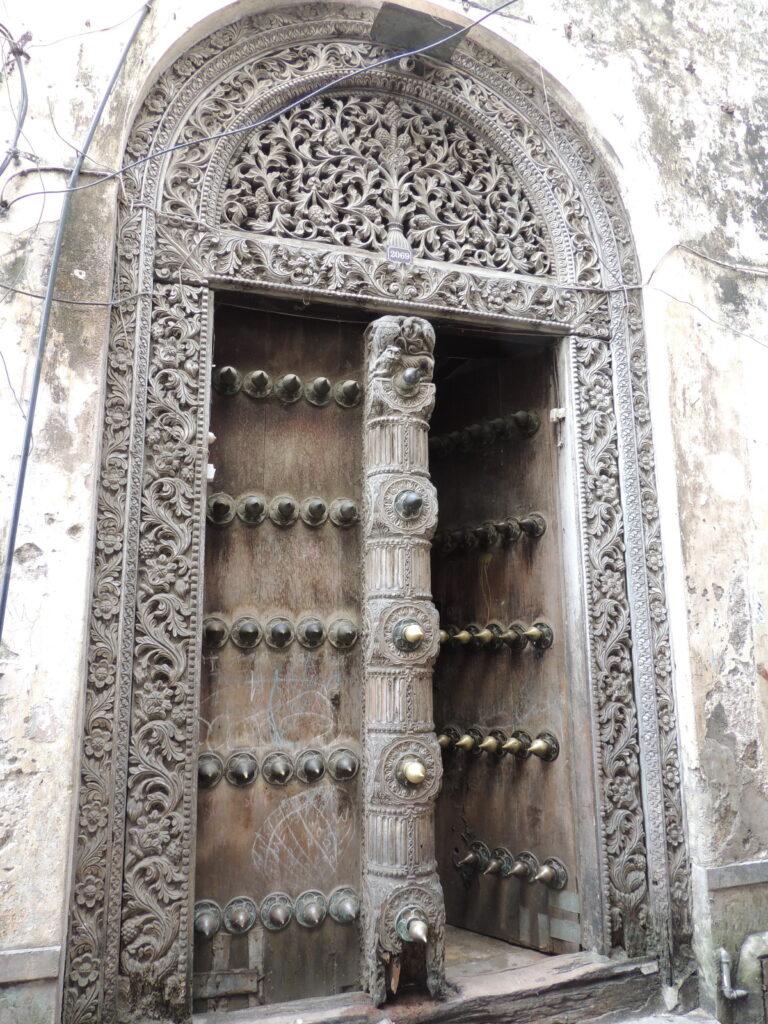
Where the pepper grows… A visit to a spice farm
A few minutes’ drive north of Stone Town, the typical coral stone houses give way to the tropical greenery of the island paradise. The roads become narrower. Along the roadside, countless signs point to the mostly hidden spice farms. If you follow these signs, you will soon find yourself surrounded by dense shrubs and tall palm trees, surrounded by a variety of scents and flavours.
Zanzibar is known as the ‘Spice Island’. Due to the influence of Oman, spices and their cultivation play a central role on the island. A visit to a spice farm is an experience for the senses, be it the fruity sharpness of fresh ginger, the aroma of a vanilla or the sweetness of a rambutan.
After the tour, there is often the opportunity to sample the spices and fruits you have seen in traditionally prepared dishes.
Pemba Island
Zanzibar’s little sister
In around 30 minutes, a small Cessna will take you from Zanzibar airport to the island of Pemba further north. White sandy beaches dotted with small wooden bungalows and lush greenery welcome you.
Surrounded by shallow reefs, turquoise blue water and a ribbon of shallow sandbanks, the island is only accessible to large ships to a limited extent. The result: slightly higher prices, but hardly less tourists sharing with you a spot on some of the most beautiful beaches in the world.
Pemba Island facts
Pemba is approx. 80 km long and 20 km wide.
The total area of Pemba is 988 km².

Pemba’s capital, Chake Chake, is home to the majority of the local population. Many of Pemba’s current inhabitants are descendants of ancient Omani immigrants (the indigenous Swahili people) from centuries ago, while others identify as “Shirazi” who, according to legend, are descendants of Persian royalty.
The people of Pemba follow traditional dress customs, speak formal Swahili and hold their religious beliefs close to their hearts. Pemba was known for the practice of traditional medicine and mysterious traditions, and some say it is still possible to find such knowledge and skills in local villages. Local Pemba guides can share fascinating legends and inspiring stories.
Sweet mangoes on fertile coral limestone soils
Pemba, often referred to as ‘the green island’, reveals a world away from the beaches that could hardly be richer and more fertile. The hilly landscape and the island’s particularly calcareous soil harbour a wealth of agricultural treasures: Rice paddies glistening in the sun, lush clove plantations bathing in floral fragrance and endless rows of coconut palms in whose shade bananas, manioc and mangoes grow. Many of the local hotels and restaurants are supplied directly by local farmers and fishermen with fresh fish, spices and fruit.
Pemba’s wildlife is not only unique underwater, but also on land: galagos, flying foxes and southern vervet monkeys call this island home!
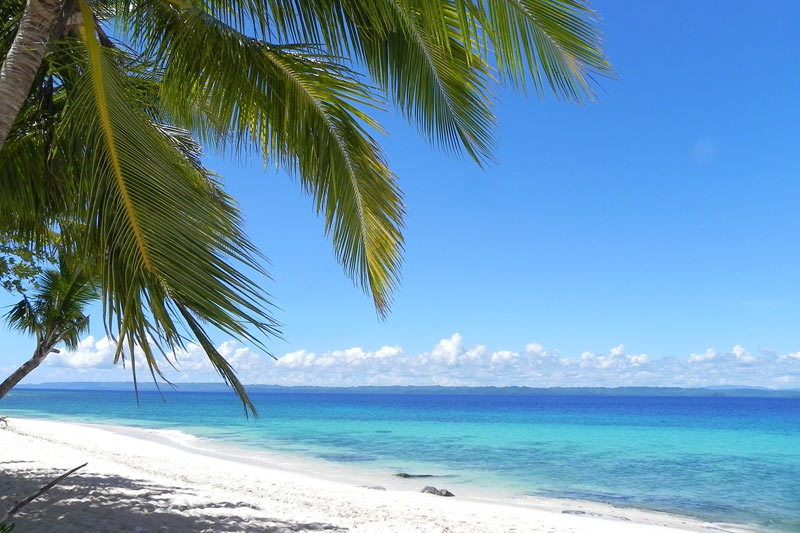
History lovers, get ready for an incredible adventure as you explore the ancient ruins of Pemba, tucked away in the western part of the island. These incredible structures were used as far back as the 13th and 14th centuries, making them a true historical gem. But that’s not all — a significant site you won’t want to miss is the foundation of a grand mosque. It’s believed to be the largest of its kind in the whole of sub-Saharan Africa, a remarkable testament to the powerful influence of Oman in Zanzibar and the Indian Ocean.
And for an unforgettable experience, guests can learn about the nesting sites of the endangered Hawkbill Sea Turtle, off Misali Island.Despite the challenges posed by climate change, which has led to rising waters around small islands and inlets around Pemba, local hotels are taking proactive steps to protect these majestic creatures. They’re doing this by rewarding fishermen who spot sea turtle nests with eggs and protect them until they hatch. This is just one way in which visitors to Pemba can work together with the tourism industry to make a positive difference for the environment.
And that’s not all! In the ancient forests of Pemba, visitors can also catch a glimpse of the Pemba Flying Fox (a type of exotic bat), and a primate known as Kirk’s Colobus. These two species are unique to the area and won’t be seen in mainland Tanzania.
And that’s not all at all! Pemba is also a haven for water sports, with endless opportunities to swim, snorkel and fish. You can even learn to fish the traditional way, like the locals do, in a ngalawa (a local-style canoe), we organise an epic fishing expedition. If seclusion and quiet swimming is your ideal island-life, you’ll be in for a treat with the warm, sunny days that you can enjoy on the beach or in the Indian Ocean’s warm waters while on Pemba Island.
Mafia Island
No, the name ‘Mafia’ does not come from the Sicilian suits who have been up to mischief in Europe since the 19th century, but from the Swahili phrase ‘Mahali pa Afya’, which means ‘the place of good health’.
Mafia Island Facts
- 70 Kilometers long and 15 kilometers across
- 822 Square kilometers of protected coral reef
- Richest coral reefs in the world
- The Marine Park is the largest protected area in the Indian Ocean with 1.500 square kilometers
- Rich history and culture
- One of best dive sites in the world
- 25 kilometers from Tanzania’s mainland
- Population of 46.000 people
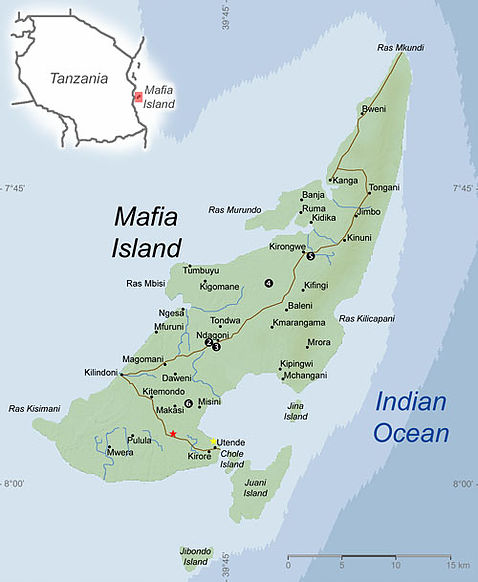
If Mafia is one thing, it is a paradise for snorkellers and divers. The often jagged coral rocks and dense mangrove bushes are not always ideal for swimming, but are an excellent habitat for the marine life of the Zanzibar archipelago.
You will look in vain for larger towns on the smallest of the three islands. The scattered sandy beaches and bays are only inhabited by fishermen and farmers.




In the territory of the whale shark
Between October and February, monsoon winds turn rivers that have shrunk to trickles into raging torrents. This is also the case with the Rufiji in Pwani, the administrative region of Mafia. The persistent rainfall releases large quantities of nutrients from the soil and washes them into the 17-kilometre-wide Mafia Channel. The strait that separates the island from the mainland is a veritable buffet for plankton-loving sea creatures during this time. The abundant food supply also attracts a guest that has unfortunately become rare off the tropical coast of Tanzania: the whale shark.
Once the boat has set off into the warm waters, it usually only takes 15 to 20 minutes for the experienced guides to track down the gentle giants. Once spotted, the boat stops. Despite their impressive size of up to 13 metres, whale sharks are quite shy and first have to get used to their presence. Once in the water, you approach the giants with a calm fin stroke and swim side by side with the largest fish and largest sharks in the world.

Whether as a stand-alone trip or as a contrasting programme after a safari or Kilimanjaro climb: Such a diverse mosaic of colours, flavours and history as you will find on Zanzibar is a rarity. From the historic alleys of Stone Town to the beautiful beaches of Pemba and the hidden underwater world of Mafia, each island is a unique experience.

